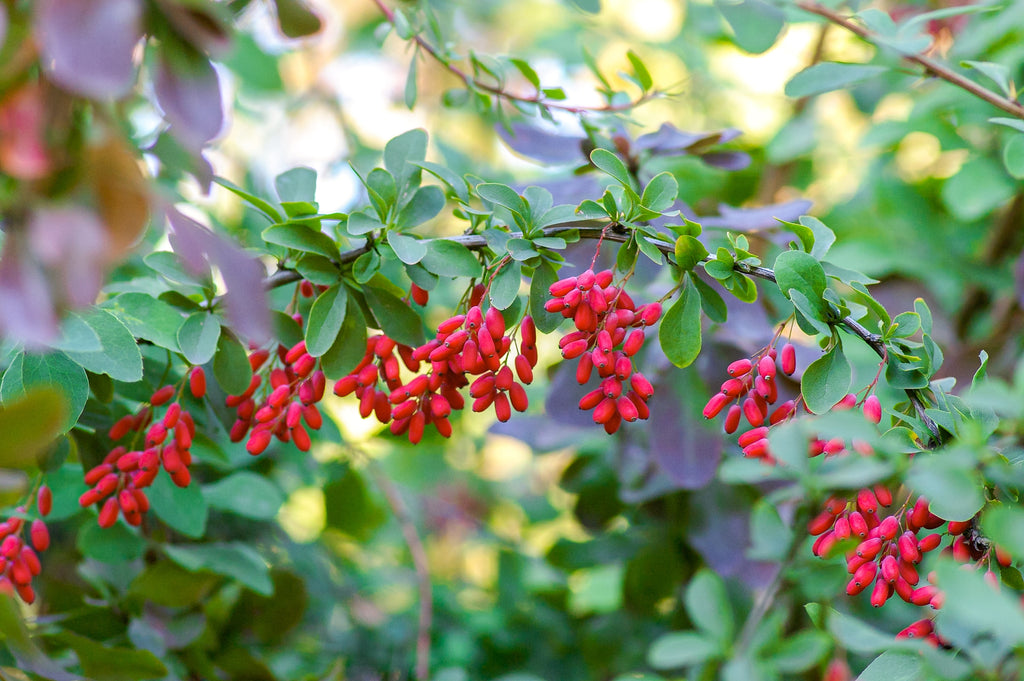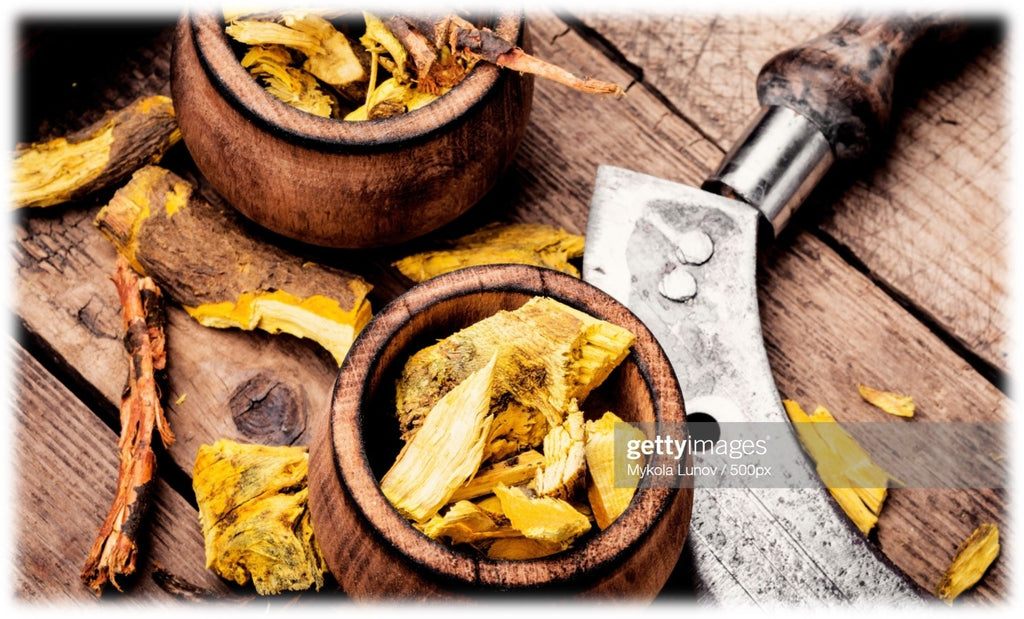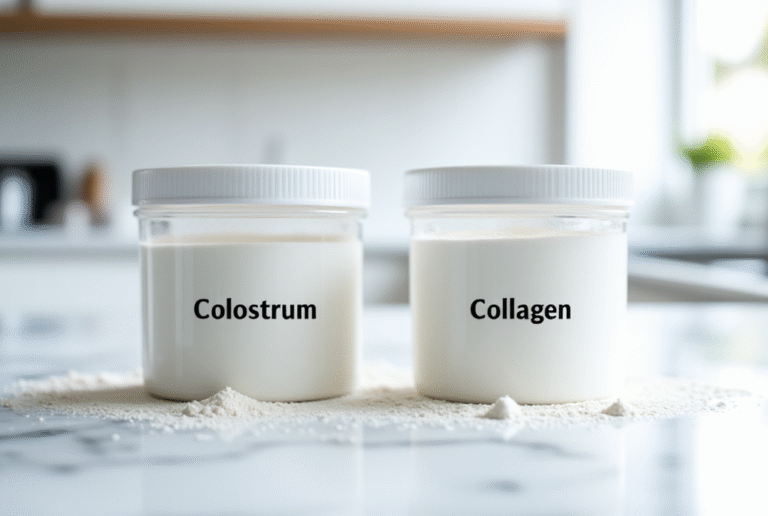Barberry, scientifically known as Berberis vulgaris, is a plant native to Asia, Africa ad some parts of Europe. The fruit of this plant consists of red berries, having a tart nature.
The barberry plant is usually a tall, shrubby plant with thorny branches. The plant bears bright yellow flowers in late spring. Autumn is the fruit-producing season, during which the branches of the plant will sag with tart, red berries.

Growth Climate
Being native to Asia and Africa, the barberry plants are known for their fast and uninterrupted growth in temperate zones. In the colder zones such as higher latitudes and parts of Europe, deciduous barberries have proved to be more resilient than evergreen ones. They are known to have better growth than evergreen species of barberries.
The barberry plants need plentiful sunlight to show the characteristic bright and vivid colors on their leaves and fruits. Some species of the barberry plant, such as evergreen species, can be easily placed in semi-shade without the danger of stunting their growth.
Like many other shrubby plants, the barberry plant does not require excessive water for its growth. The plant may be kept dry, but it should have water at least once every two weeks. Suitable use of a timed released fertilizer will provide all the essential nutrients to the plant and enhance its growth. But the use of any fertilizer on barberry plants requires great care, as the fertilizer’s direct application to the plant can kill the plant entirely.
Important barberry plant parts
The main part of the barberry plant which is useful for humans includes its root bark, tree bark, and fruits. However, the most important structure of them all is the root bark.
The root bark of the barberry is four times as more valuable as the tree bark. That is why the barberry plant’s pure root bark is the main part of the plant that carries all the potential health benefits.
The roots of barberries have very thin, fine structures that are sensitive to colder climates. The roots of the plant need some protection if grown in shallow pots and indoors.
Health Benefits of Barberry

The fruits and roots of the barberry plant have a long history of medicinal use. This plant has been used by people for centuries to combat skin diseases and gastrointestinal disorders.
The barberry plant fruit also carries vital chemicals that give it an effective antibiotic potential. Therefore, it has also been used to combat bacterial infections on the skin and other parts of the body.
Barberry contains a wide range of beneficial chemical compounds. Some of them include palmatine, bervulcine, berberine, oxycontin, columbamine, berbamine, jatrorrhizine, and coptisine.
However, the most important chemical in barberry plants is berberine, a powerful antioxidant that helps protect DNA against damage from free radicals (thereby preventing cancer) and helps keep skin looking healthy and young and fight acne that is caused by bacteria.
Let us dive right into some of the health benefits barberries carry:
1. Powerful Antioxidant
The main active ingredient in barberry roots is berberine which grants the plant its antioxidant potential.
Berberine is a chemical that belongs to a class of chemicals known as alkaloids. Alkaloids are associated with myriads of health benefits in human beings. The most important of them is that they have powerful antioxidant properties.
Independent professionals have carried out several research papers and clinical studies to investigate the role of berberine and other chemicals in the antioxidant properties of barberries.
A research published on PubMed comprehensively studied the antioxidant potential of barberry root chemical extracts. The chief constituent of this extract was berberine. The experiments showed that berberine when used in suitable doses, plays an important role in preventing lipids’ peroxidation in the body.
The peroxidation of lipids is a dangerous process. This process is associated with the production of harmful and damaging free radicals and molecules from the lipids. The free radicals thus produced act to severely damage the genetic material in the body, sometimes even resulting in permanent mutations that ultimately result in different sorts of cancers.
Moreover, the free radicals are also involved in degrading the collagen network in the body. Collagen is an important protein found in the body’s connective tissues, such as the bones, skin, and tendons.
Collagen serves to enhance the elasticity of the skin and imparts strength to it. Deficiency of collagen due to any cause such as free radical damage can result in wrinkly, loose skin, with clear signs of aging and pigmentation marks.
Experiments conducted on non-human subjects such as rats have shown that the barberry root extracts (particularly berberine) have an important effect on the production of antioxidant factors in the body.
The compound has been shown experimentally to increase antioxidant enzymes such as catalase and superoxide dismutase in rat livers. These enzymes serve to get rid of the harmful free radicals. When these experiments were performed on human cells, an increase in antioxidant enzyme levels was observed, similar to rats.
These experiments have shown that barberry root extracts, if used suitably, can act as potent antioxidants. It protects us from the harmful oxidative stresses that pose our bodies at greater risk for different types of cancers.
The antioxidant potential of barberry also grants it the ability to be hepato-protective, which means it acts as the “free radical scavenger” in the liver, getting rid of harmful free radicals produced as the result of detoxification processes occurring in the liver. If not removed, these radicals may prove harmful to the hepatocytes (liver cells), posing a greater risk for liver carcinomas.
2. Anticancer Potential
There are several mechanisms through which barberry exerts anticancer effects on the body that are once again related to berberine obtained from the barberry roots.
Cancer can be considered as uncontrolled and unsupervised growth of the body cells in any part of the body. The growth can spread to other parts that were not previously affected. In this way, it can spread and cause various patient disorders, ranging from many unnoticed effects to even death.
Clinical studies conducted to investigate the role of barberry in cancer patients have shown surprising results. It has been found that the berberine found in barberry root extract helps combat cancer by checking the uncontrolled release of nitrous oxide (NO) in the body.
Nitrous oxide (NO) is a useful component released by many body cells and is required for some essential body functions, such as dilating the vessels. It also helps in maintaining the smooth muscle tone and contraction in different parts of the body.
However, the pathological increase in the NO levels in the body results in various harmful disorders, including cancer. Berberine has been shown to control NO’s secretion in the body, which helps protect against such pathologies.
Moreover, the uncontrolled and increased release of nitrous oxide in the body also results in the suppression of the body’s immune cells, therefore posing the body towards a greater risk of catching opportunistic infections from various bacteria, fungi, and viruses that are not harmful otherwise.
Studies have also shown that berberine in the barberry root can help prevent the uncontrolled spread of the cancer cells (metastasis). It has been experimentally verified that berberine stops the growth of many cancer-causing pathogens, such as H. pylori(associated with stomach ulcers and cancers) and Hepatitis B virus (associated with liver carcinomas).
Moreover, berberine’s ability to inhibit some specific proliferative enzymes such as topoisomerases, cyclooxygenases, and N- acetyltransferases helps check the uncontrolled growth of the cancer cells, thereby playing an important role in preventing the metastasis of different types of cancers.
Moreover, barberry root extract also contains several chemicals that have pro-apoptotic effects on the cancer cells, thereby automatically causing the cancer cells’ death without any need for chemotherapeutic medications.
Cancer is one of the diseases that humans have not been able to find a cure for. Medications against cancer do exist. But their dosage regimen requires them to be used in an extremely restricted quantity, or otherwise, they start damaging the healthy body cells.
In this regard, berberine and myriads of other chemicals found in the barberry root can present an effective medication against cancer prevention and spread. That is, too, without any significant side effects.
3. Anti-diabetic Potential

Diabetes mellitus is a metabolic disorder that is caused mainly due to the deficiency or lack of insulin secretion from the pancreas or reduced insulin sensitivity of tissues of the body.
Diabetes is one of those disorders that humankind has not been able to cure, despite using state-of-the-art medication and surgical techniques. The cure is still prevention and lifestyle change to this day.
Ancient people have been using herbs and other natural medicinal plants and fungi to help protect against diabetes. There are about 800 kinds of different medicinal herbs that have been used in traditional and ayurvedic medicine to treat diabetes mellitus. One of the main effects of using these herbs on the body is hypoglycemia.
The efficacy of using these herbs in diabetes mellitus has been extensively studied using animal models. Many of these studies showed promising results. Therefore, clinical studies on human subjects have been studied and approved by relevant authorities.
A study published in PubMed has shown that berberine and other chemicals found in the barberry roots can increase glucose delivery into the tissues. One of the main causes of diabetes mellitus is the decreased response of the body tissues to insulin due to decreased insulin receptors on the tissues.
The decreased response of tissues towards the pancreas’ insulin is then associated with a higher glucose level in the blood (hyperglycemia) because the glucose cannot get into the tissues and used by them as tissues are not showing proper response to the insulin.
Berberine brings about a marked increase in the number and expression of the body tissues’ insulin receptors. Once the insulin receptors are increased, the body can use up the glucose more effectively and thereby combat the hyperglycemia resulting in diabetes.
An 8-week study conducted on 30 type-2 diabetic patients by professionals showed that 2 milligrams of dried barberry fruit extract every day resulted in reduced HbA1c levels and resulted in better management of diabetes.
Eating barberries also significantly lowers the risk of developing secondary disorders to diabetes, such as cardiovascular disorders (also known as metabolic syndrome in this case).
Barberry roots contain chemicals that efficiently protect against increased sugar, cholesterol, and triglyceride levels, all of which cause obesity, the mother of all diseases. In addition to prevention, the use of barberry extracts may also prove beneficial to the patients already suffering from the disorder, particularly by protecting them from oxidative stress.
4. Effective for GIT Disorders

Barberry root extracts have long been used for treating gastrointestinal disorders such as diarrhea. GIT disorders are one of the most primitive disorders of humankind.
Humanity has been using herbs to treat these disorders long before actual pharmacological methods and chemicals were developed to treat these disorders. Therefore, the efficacy of using herbs to treat diarrhea and other gut disorders is well established.
Studies have shown that barberries have proved themselves beneficial to patients suffering from irritable bowel syndrome.
Irritable bowel syndrome is characterized by frequent urges to defecate, associated with diarrhea.
A clinical study conducted on 196 adult patients suffering from irritable bowel syndrome showed that taking 800 mg of berberine HCL every day resulted in significant gut health improvements. This was associated with a marked decrease in the diarrheal episodes, therefore improving the patients’ hydration state.
Moreover, the barberry extract’s antibiotic potential obtained from the roots of the barberry plant is also well established. Studies have shown that using barberry extracts containing berberine in suitable amounts results in a marked reduction in diarrhea-causing pathogens in the human gut. The most notable of such pathogens are E.coliand Vibrio.
The anti-inflammatory and anti-oxidant effects of the barberries also help maintain overall dental health in a good state by preventing infections due to different bacteria. The barberry extract’s anti-inflammatory properties also help prevent pimples on the skin (better known as acne). Therefore, the suitable use of barberry may prove to be the ultimate health enhancer for people in every age group.




